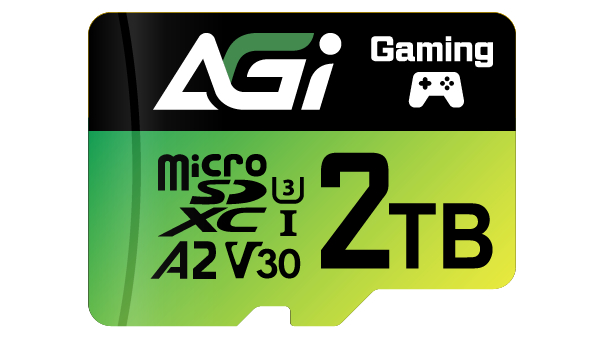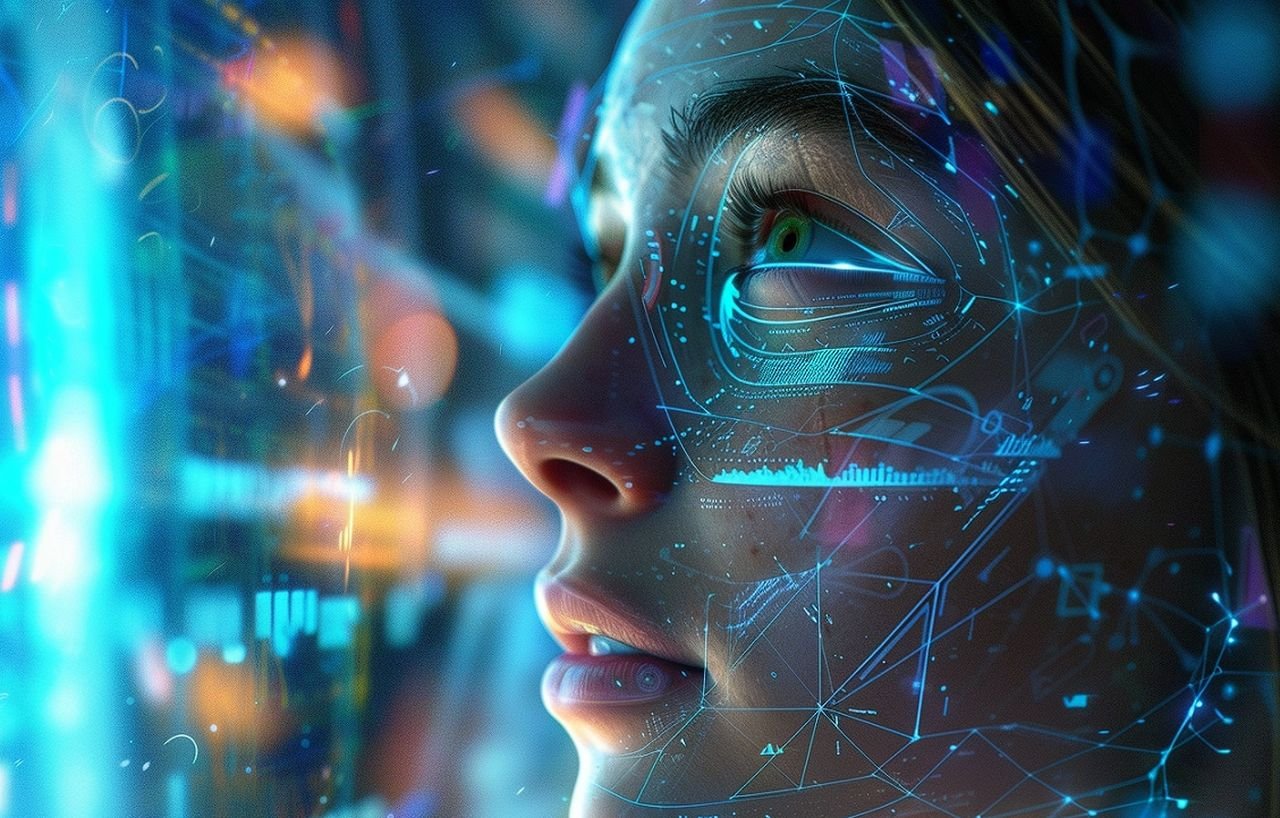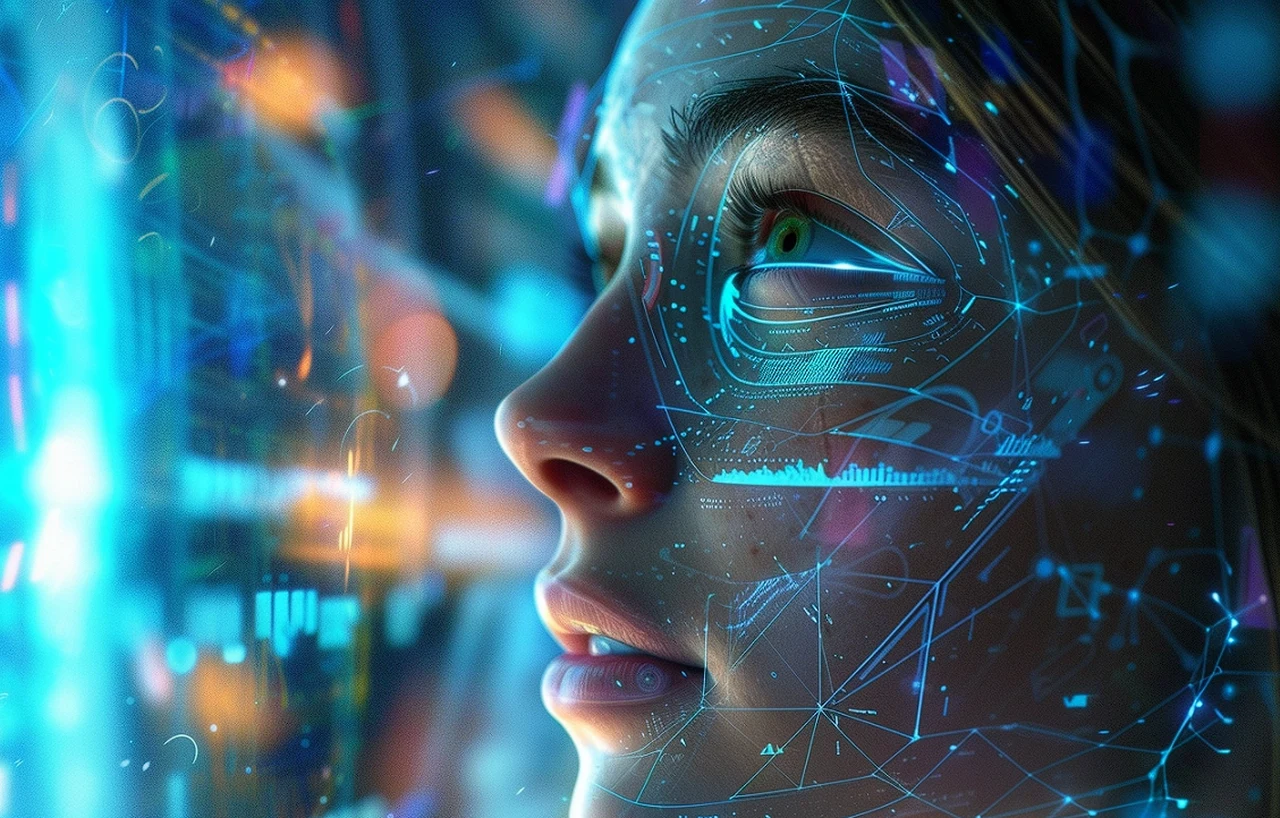
The field of artificial intelligence is witnessing significant strides, with OpenAI at the helm of some of the most intriguing developments. Experts are buzzing with anticipation as the prospect of creating an Artificial General Intelligence (AGI) seems to be drawing closer. AGI is a type of AI that could perform a variety of tasks and learn much like a human does. But when will AGI arrive? Some believe that this breakthrough could happen within the next few months.
OpenAI has been working on several projects that are contributing to this potential milestone. They have developed Sora, a system adept at processing complex data sets. Then there’s ChatGPT, which excels in understanding and generating human-like text, making conversations with machines more natural than ever before. Additionally, OpenAI has created AI agents that can navigate through digital spaces with ease. The fusion of these technologies is setting the stage for what might become the first AGI system.
The way OpenAI is combining different AI components is not just a random experiment; it’s a calculated move that could speed up the arrival of AGI. This is part of a larger plan that even looks beyond AGI to Artificial Super Intelligence (ASI), a level of AI that surpasses human intelligence.
When will AGI arrive?
The emergence of AGI could have profound effects on our world. Economically, it’s pushing companies to invest more in the production of advanced AI chips. However, as machines become capable of performing tasks that humans currently do, there’s a real concern about job losses. On the flip side, AGI could be a boon for sectors like healthcare, education, and transportation, potentially offering innovative solutions to some of the most pressing issues we face globally. Check out the interesting look into AGI and the developments released by OpenAI and those that are still under development with Wes Roth.
Here are some other articles you may find of interest on the subject of Artificial General Intelligence and when AGI could arrive :
OpenAI isn’t just racing to develop AGI; they’re doing it with a sense of responsibility. They plan to release AGI in stages, carefully monitoring its impact to ensure it benefits humanity. The organization is known for its neutral position and commitment to clear, factual communication, emphasizing its role in guiding the evolution of technology and society with a conscientious approach.
What is Artificial General Intelligence (AGI)
Artificial General Intelligence (AGI), sometimes referred to as Strong AI, is a class of artificial intelligence that is capable of understanding, learning, and applying knowledge across a wide range of tasks, essentially mirroring the cognitive abilities of humans. Unlike narrow or weak AI, which excels at specific tasks such as playing chess or recognizing speech but cannot operate beyond its pre-defined domain, AGI can adapt to solve problems in various fields with little to no additional programming.
Foundations of AGI
AGI is grounded in the pursuit of creating machines that possess general intelligence, akin to human intellect. This entails not just mastering individual tasks but also demonstrating the ability to reason, plan, learn, communicate, and make decisions in unfamiliar situations. Achieving AGI involves integrating diverse disciplines such as computer science, cognitive psychology, neuroscience, and philosophy. But when will AGI arrive? Let’s take a closer look at the intricacies of AGI and what is needed to be in place and what it will bring to our planet and daily lives.
Pathways to AGI
The journey toward AGI involves multiple pathways, each with its own set of theories and methodologies. Some of these include:
- Machine Learning and Deep Learning: Leveraging vast amounts of data and neural networks to mimic the way human brains operate, albeit in a more structured and less complex manner.
- Cognitive Architectures: Designing systems that mimic human cognitive processes, aiming to replicate the way humans think and reason.
- Hybrid Models: Combining various AI techniques, including symbolic AI (which focuses on logic and rules) and connectionist models (like neural networks), to create more versatile and adaptable systems.
Implications of AGI
The advent of AGI promises profound changes across all facets of human life, encompassing both immense benefits and significant challenges.
Economic and Social Transformations
The advent of AGI is poised to accelerate automation, affecting jobs across all sectors of the economy. This transition could lead to unprecedented levels of productivity, as AGI systems can operate around the clock without the limitations of human endurance. However, this shift also poses risks to employment, particularly for roles that involve repetitive tasks or basic decision-making, which are likely to be automated first. The displacement of workers raises urgent questions about income distribution, social welfare systems, and the nature of work itself.
To mitigate these challenges, there might be a need for societal adjustments such as:
- Universal Basic Income (UBI): As a response to potential unemployment, UBI could provide a safety net for those displaced by automation, ensuring a basic standard of living for all citizens.
- Re-skilling and Education: Education systems may need to evolve to prepare future generations for jobs that require human creativity, emotional intelligence, and advanced cognitive skills, areas where AGI may complement rather than replace human capabilities.
Healthcare Advancements
AGI’s impact on healthcare could be revolutionary, making personalized medicine more accessible and effective. By integrating vast datasets from genomics, clinical trials, and patient records, AGI could identify patterns and correlations that are beyond human analytical capabilities. This could lead to:
- Early Detection and Prevention: AGI could predict diseases before they manifest by analyzing subtle trends in health data, allowing for preventive measures to be taken much earlier.
- Customized Treatment Plans: Treatments could be tailored to the individual’s genetic profile, lifestyle, and environmental factors, potentially increasing the efficacy of interventions and reducing side effects.
- Robotic Surgery and Care: AGI could enhance robotic systems to perform complex surgeries with precision beyond human capability or provide care for the elderly, improving quality of life and reducing healthcare costs.
Ethical and Security Concerns
The ethical and security implications of AGI are profound and complex. Key concerns include:
- Privacy and Autonomy: The vast amounts of data required to train AGI systems raise significant privacy issues. Ensuring that AGI respects individual privacy and autonomy is crucial to prevent invasive surveillance or manipulative technologies.
- Alignment and Control: Aligning AGI’s actions with human values and controlling its decision-making processes are central challenges. This involves developing ethical frameworks and technical mechanisms to ensure that AGI acts in the best interest of humanity.
- Security Risks: The potential for AGI to be used in cyberattacks or autonomous weaponry introduces new dimensions to global security. Malicious use of AGI could have devastating consequences, necessitating international agreements and robust defense mechanisms to prevent misuse.
Addressing these ethical and security concerns requires a concerted effort from governments, tech companies, and international organizations. Policies and regulations that promote transparency, accountability, and collaboration are essential to guide the development and deployment of AGI in a manner that benefits humanity while minimizing risks.
When will AGI arrive?
Realizing AGI’s full potential while mitigating its risks requires a multi-faceted approach:
- Research and Development: Continued investment in AI research, focusing on both technological advancements and ethical considerations.
- Regulation and Oversight: Implementing frameworks to ensure that AGI development and deployment are conducted safely and ethically.
- Education and Workforce Training: Preparing the workforce for the economic shifts AGI will bring, through education and retraining programs.
- Global Cooperation: Fostering international collaboration to address the global implications of AGI, from economic disparities to security threats.
In conclusion, AGI represents a frontier in the evolution of artificial intelligence, offering the potential to profoundly impact every aspect of human life. While the path to achieving AGI is complex and fraught with challenges, careful navigation, grounded in ethical principles and global cooperation, can lead to a future where AGI enhances human capabilities and addresses some of the world’s most pressing issues.
The progress OpenAI has made in AI is pointing to a future where AGI could significantly alter our economy and everyday life. As the tech community and the broader public look on, OpenAI is leading the charge in pioneering AI advancements responsibly. As more information becomes available on when will AGI arrive we will keep you up to speed as always.
Filed Under: Technology News, Top News
Latest timeswonderful Deals
Disclosure: Some of our articles include affiliate links. If you buy something through one of these links, timeswonderful may earn an affiliate commission. Learn about our Disclosure Policy.




















